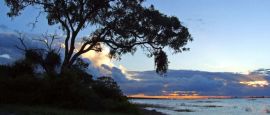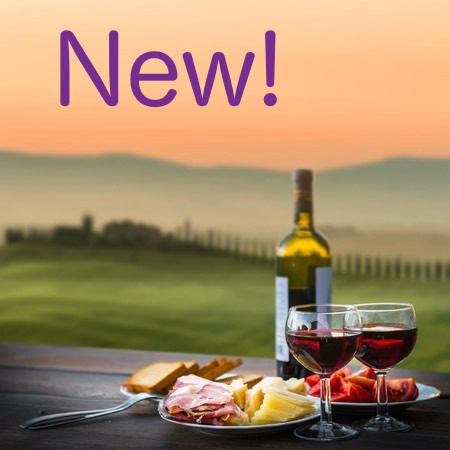Travel to Botswana
Flying to Botswana
The main international gateway is Sir Seretse Khama International Airport (GBE), located just north of the capital, Gaborone. Smaller international airports in Maun (MUB) and Kasane (BBK) also receive flights, particularly from neighbouring countries, and are popular entry points for travellers heading straight to safari regions.
The national carrier is Air Botswana. It operates domestic and regional routes, including Johannesburg, Cape Town, Lusaka, and Harare.
There are no direct long-haul flights from Europe, North America, or Asia to Botswana, so most travellers arrive via Johannesburg (South Africa), the primary regional hub. From Johannesburg, daily connections are also available to Gaborone, Maun, and Kasane.
Some visitors heading to the Okavango Delta or Chobe National Park may opt to fly into Maun or Kasane directly from Johannesburg. From Maun, light aircraft flights are commonly used to reach remote safari camps and lodges within the Delta.
From London to Gaborone – 14 hours (with stopover); New York to Gaborone – 22 hours (with stopover).
Travel by rail
Currently, no scheduled passenger train services connect Botswana with its neighbouring countries.
Driving to Botswana
Botswana is easily accessible by road from several neighbouring countries. The road network is generally in good condition, and border formalities are straightforward, particularly if you have the correct documents. Popular border crossings include:
From South Africa:
• Tlokweng Gate (near Gaborone) – the most direct route from Johannesburg, linking to Gaborone via the Ramatlabama border post.
• Martin's Drift (near Palapye) – a major crossing on the N11/A1 route, popular with travellers heading to central and northern Botswana.
• Pioneer Gate (near Lobatse) – another convenient entry point from South Africa into southeastern Botswana.
From Namibia:
• Ngoma Bridge (near Kasane) – ideal for those travelling between Namibia's Caprivi Strip and Chobe National Park.
• Mamuno/Buitepos – the main crossing between Windhoek and Gaborone, along the Trans-Kalahari Highway.
From Zimbabwe:
• Kazungula – located near Victoria Falls, this is a key crossing for visitors heading into northern Botswana and the Chobe region.
From Zambia:
• Kazungula Bridge – this is a common route for those coming from Zambia's side of Victoria Falls.
Things to keep in mind:
• A 4x4 vehicle is strongly recommended for remote areas and national parks, though not essential for major roads and towns.
• You'll need to present a valid driver's licence (an international licence is recommended), vehicle registration papers, and a cross-border permit. South African rental companies usually provide these upon request.
• At the border, Botswana requires a road permit fee (roughly 150–200 Botswana Pula) and a third-party insurance fee.
• Driving is on the left-hand side, and fuel is widely available in towns, though it's wise to fill up before heading into remote areas.
Getting to Botswana by boat
Do you have any Feedback about this page?
© 2025 Columbus Travel Media Ltd. All rights reserved. No part of this site may be reproduced without our written permission, click here for information on Columbus Content Solutions.




 You know where
You know where